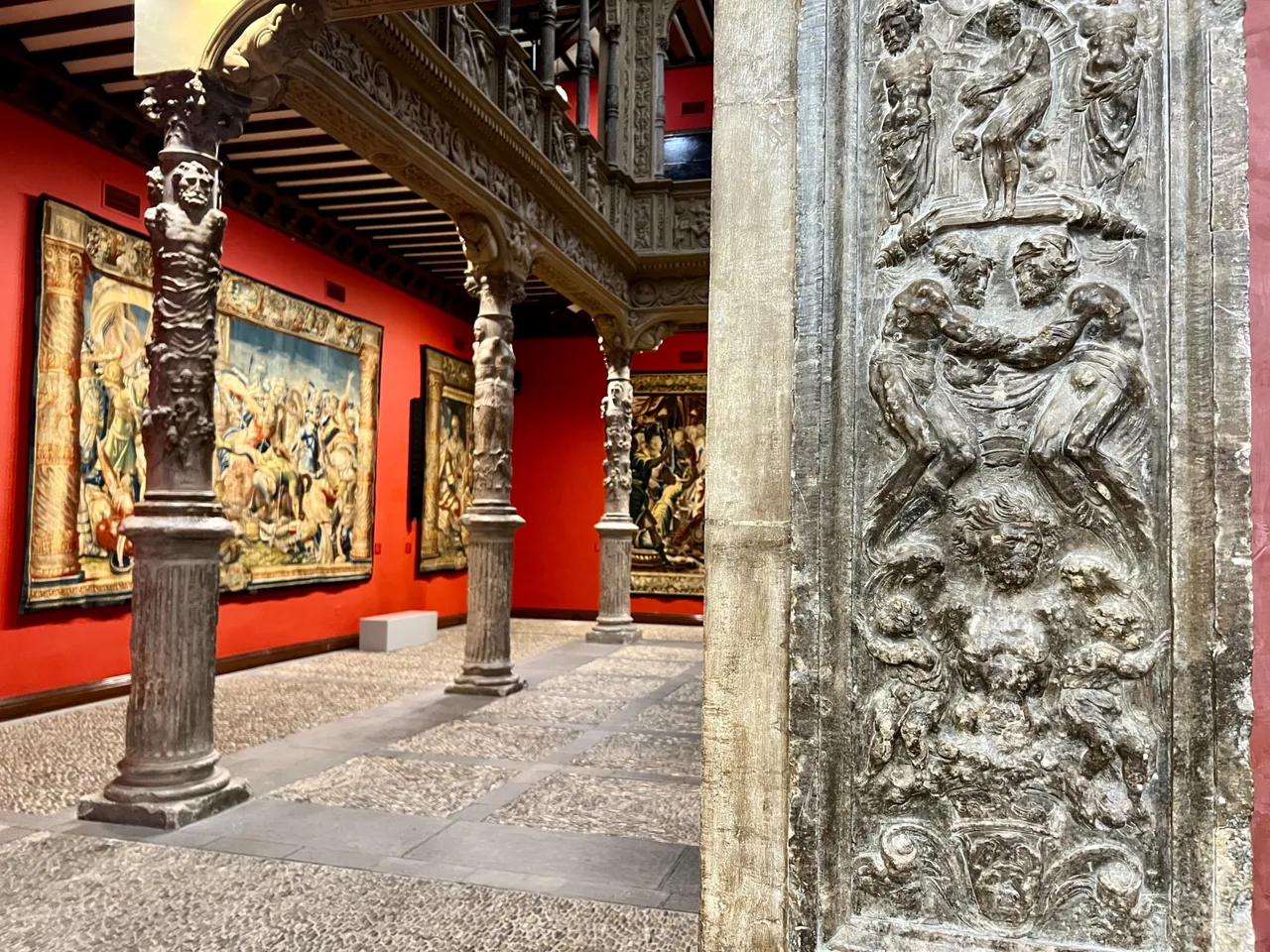
Click here to read this post in English

Hola querido hiver.
En la publicación sobre mi visita al Museo del Teatro Romano de Caesaraugusta escribí esto en referencia al solar en el que se ubica el edificio del museo:
Ya en la época renacentista se levantó un palacio del que se conserva el patio casi intacto. Fue desmontado piedra a piedra y levantado de nuevo en el edificio de la actual sede del banco Ibercaja, que es la entidad más importante de la región. Otro día me acercaré allí y te lo mostraré.
Bien. Ha pasado más de un año de eso pero me gusta cumplir mis promesas, así que... ¡aquí lo tienes! Hoy visitaremos el Patio de la Infanta, un espacio que sorprende por su belleza e historia.
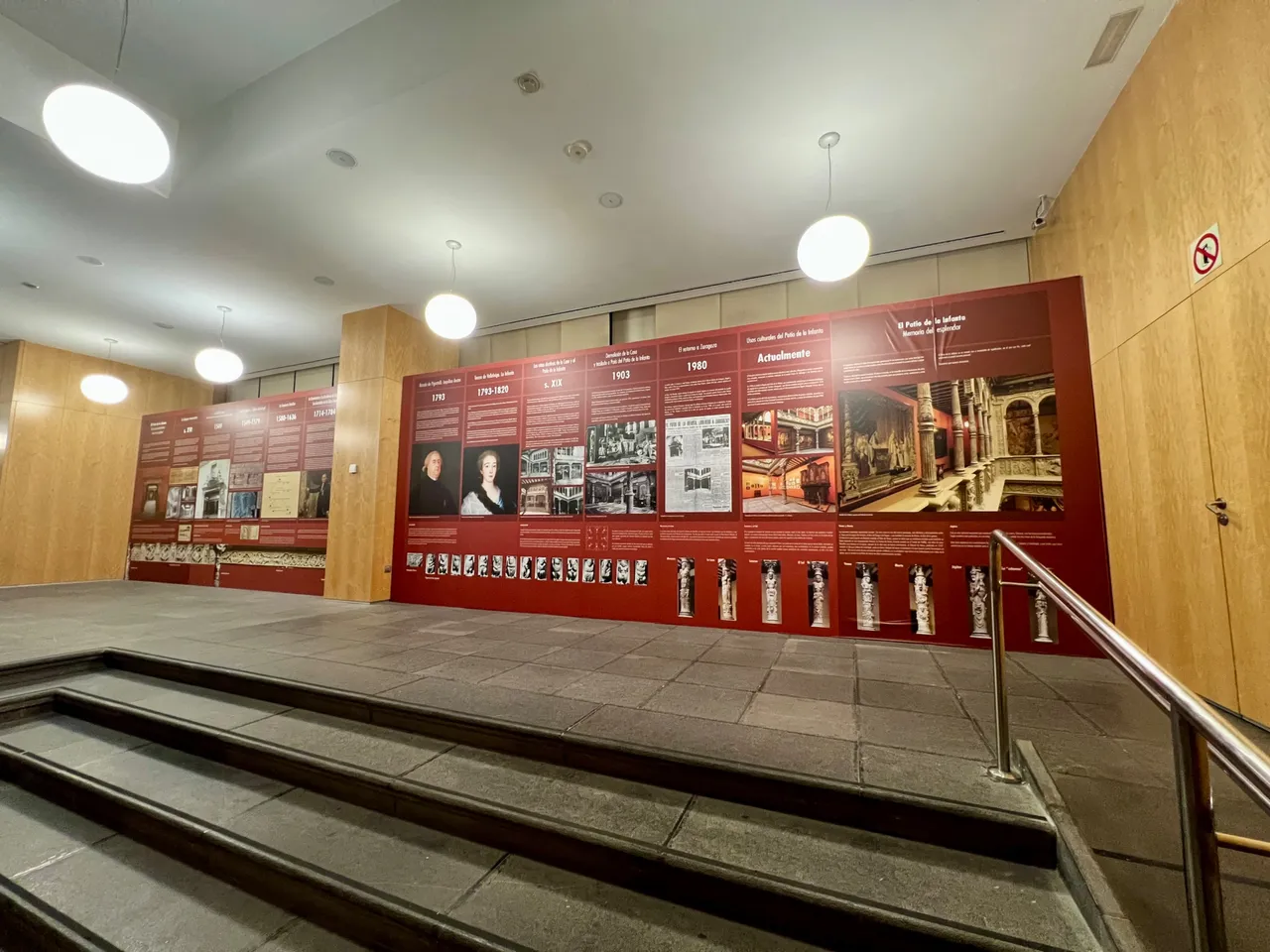
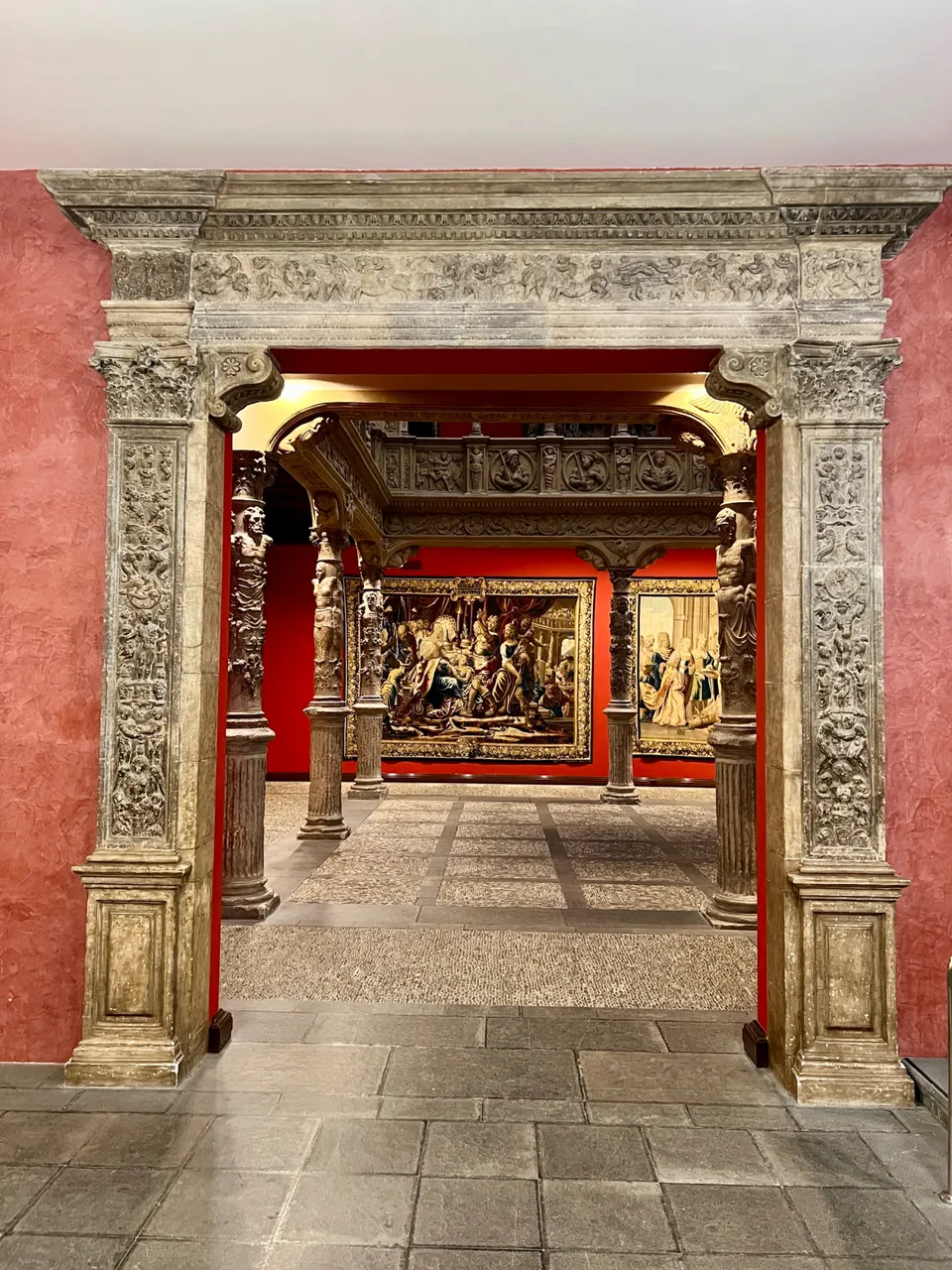
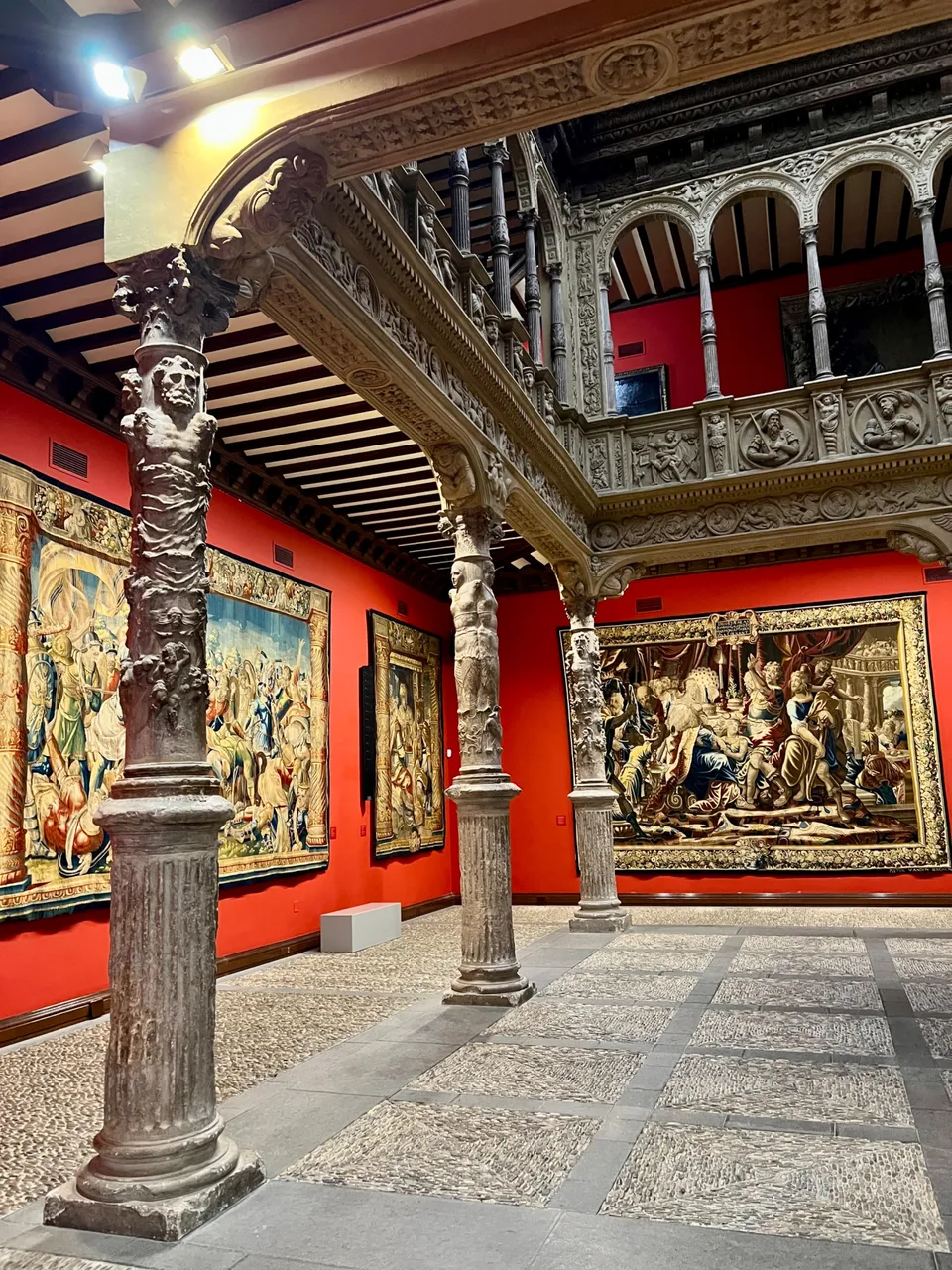
Antes de entrar al patio propiamente dicho, unos paneles informativos que nos cuentan toda su historia en orden cronológico y con apoyo de fotografías. Así nos enteramos de que su origen es del siglo XVI y que fue construido por orden de un banquero y comerciante aragonés llamado Gabriel Zaporta. Tenemos que imaginarnos este espacio como el centro de un palacio de grandes dimensiones, pues desde cada pórtico habría acceso a dependencias, que por pequeñas que fueran ocuparían una gran superficie multiplicada por dos plantas.
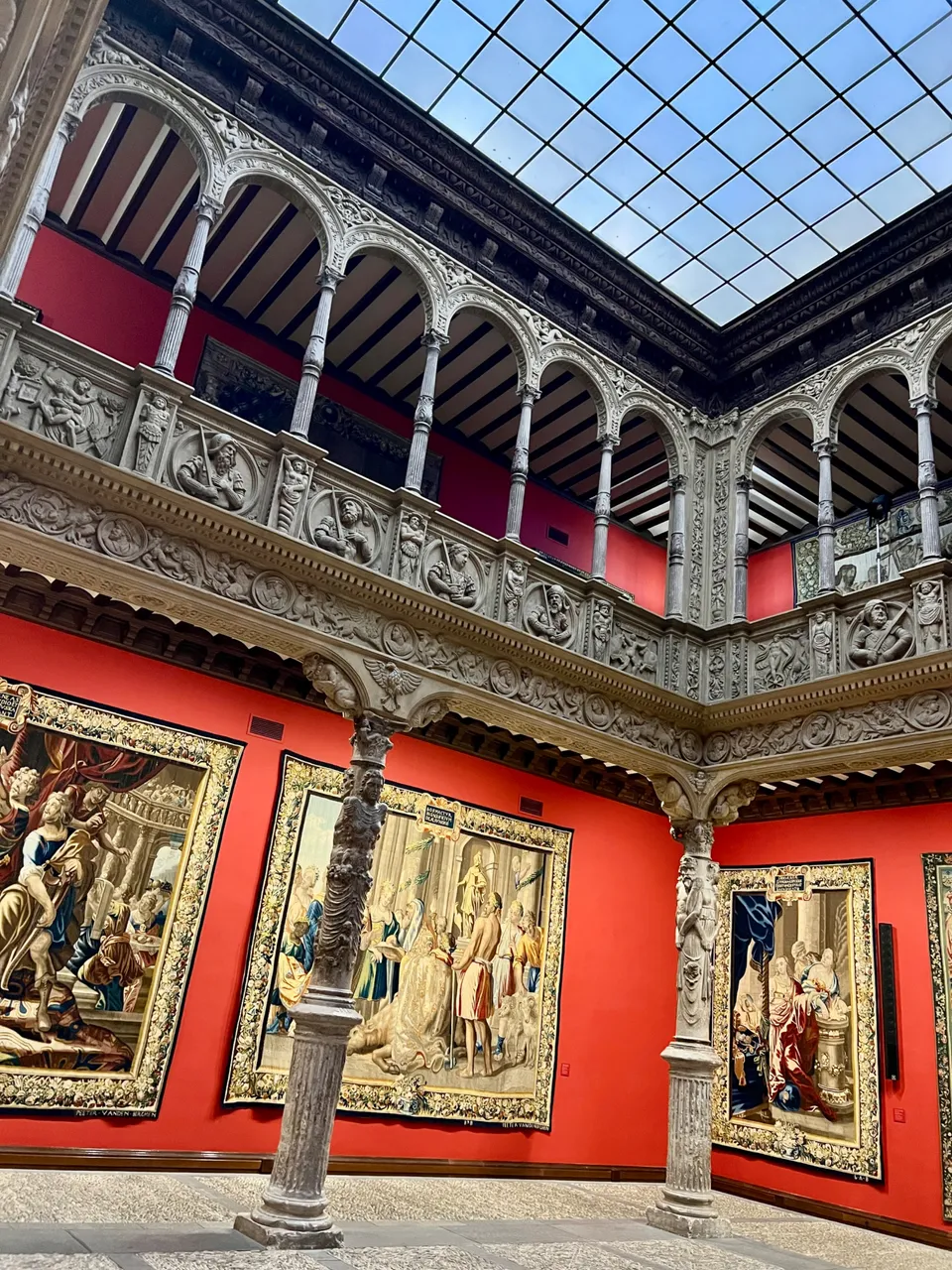
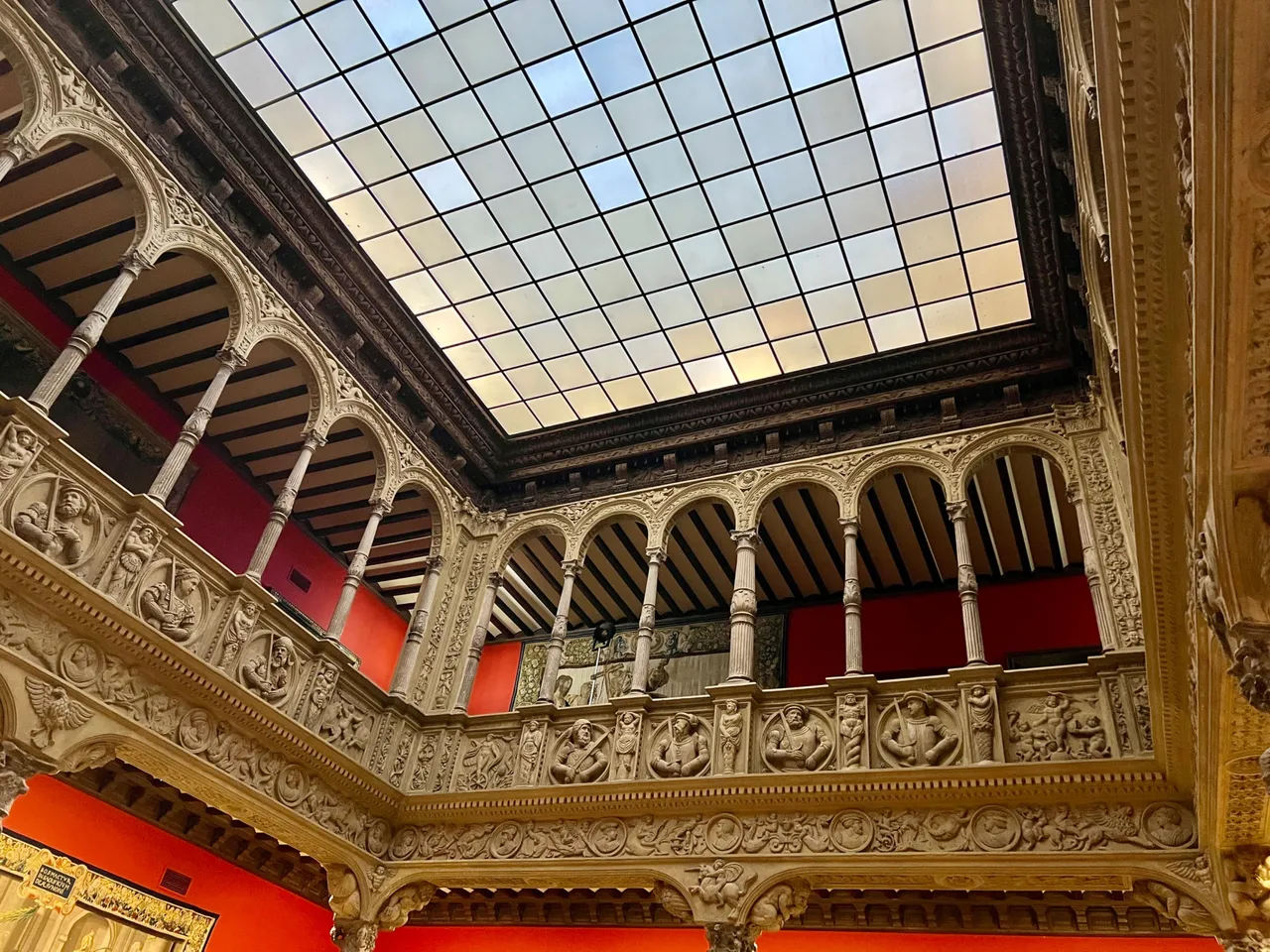
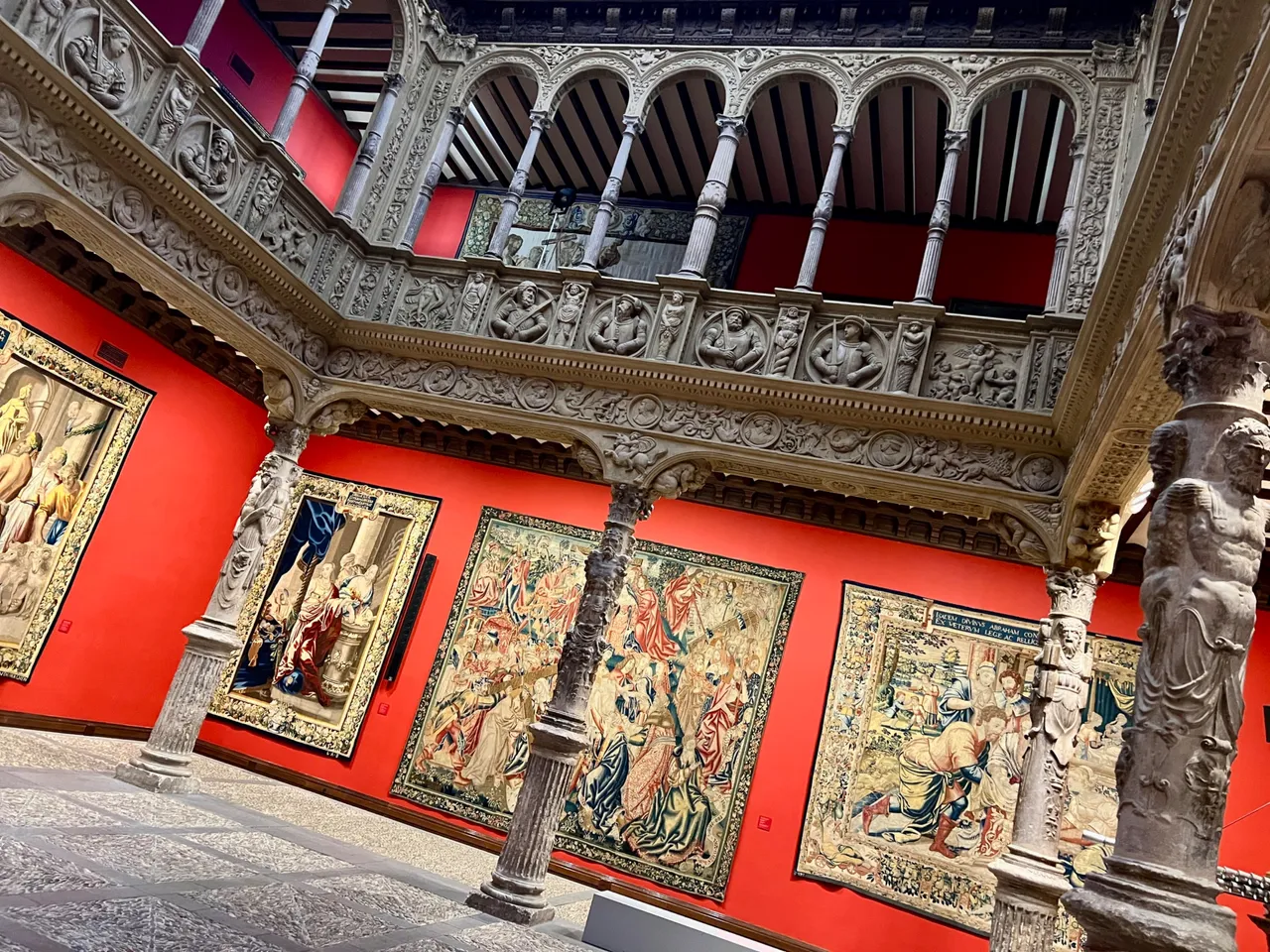

El patio, como el palacio original, es de estilo aragonés renacentista, el cual está inspirado en la arquitectura italiana de aquella época. Está todo decorado con motivos alegóricos y con retratos de la familia propietaria. La cúpula de cristal que lo protege aporta luz natural que suaviza sus formas.
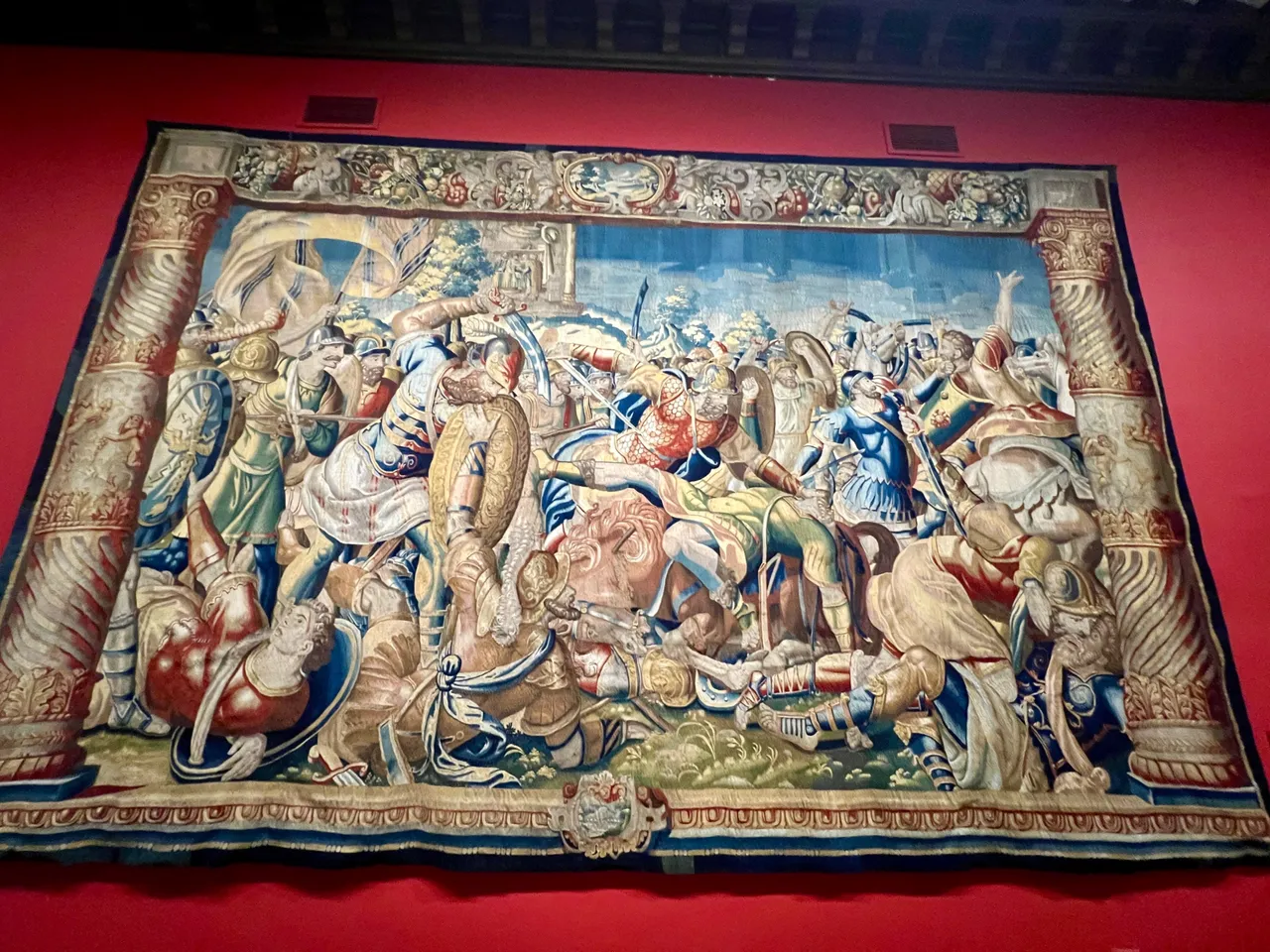
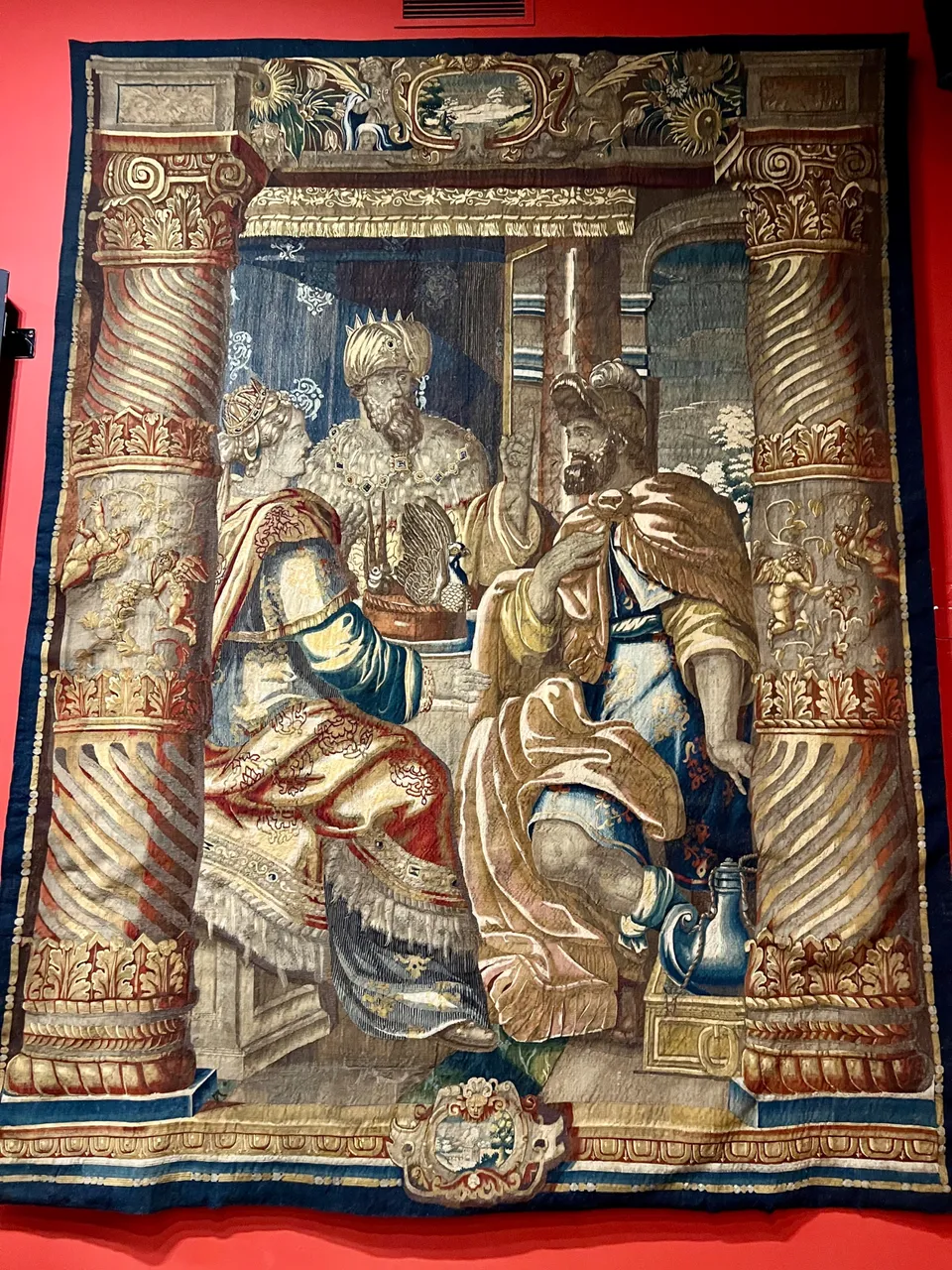
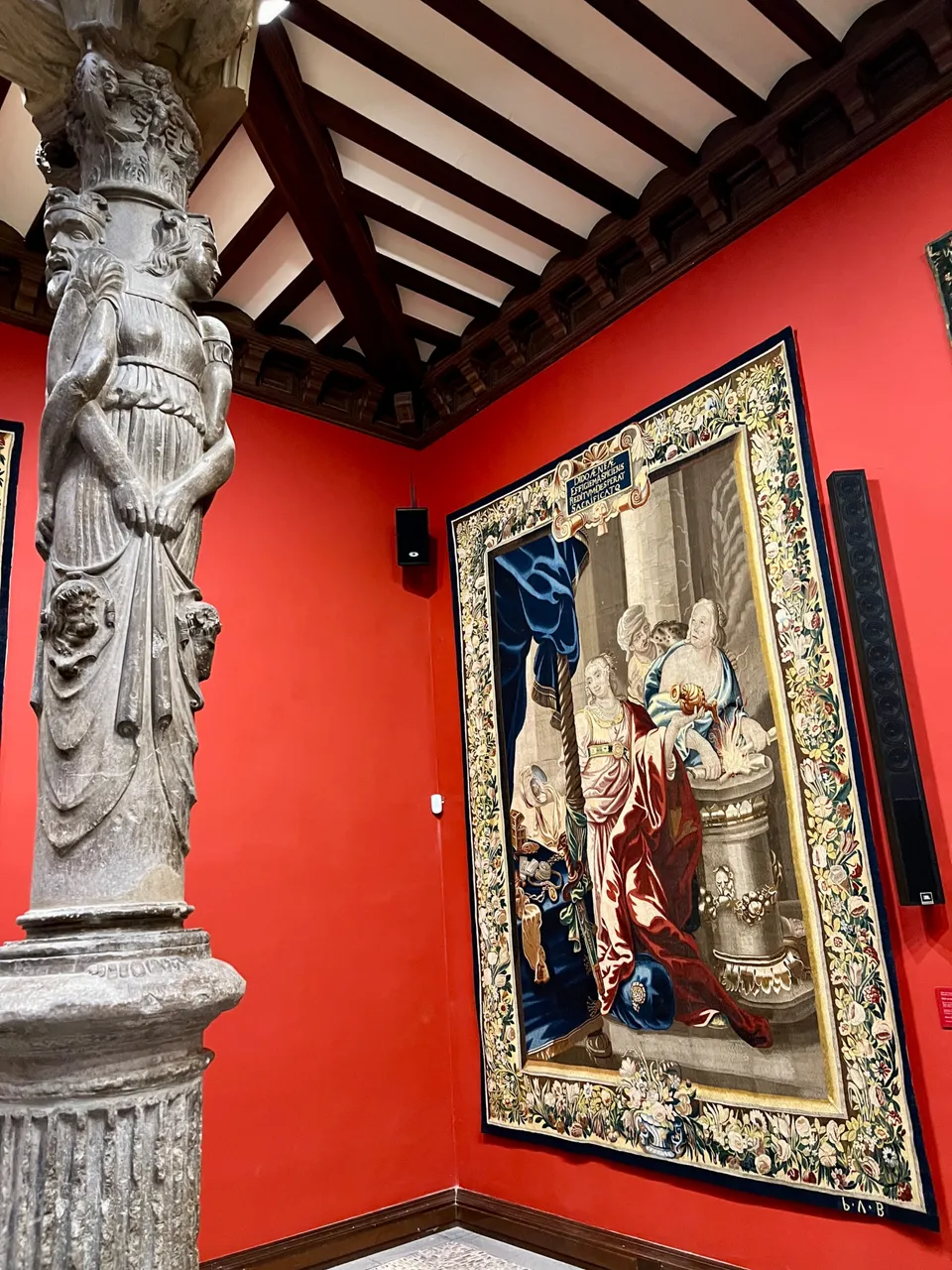
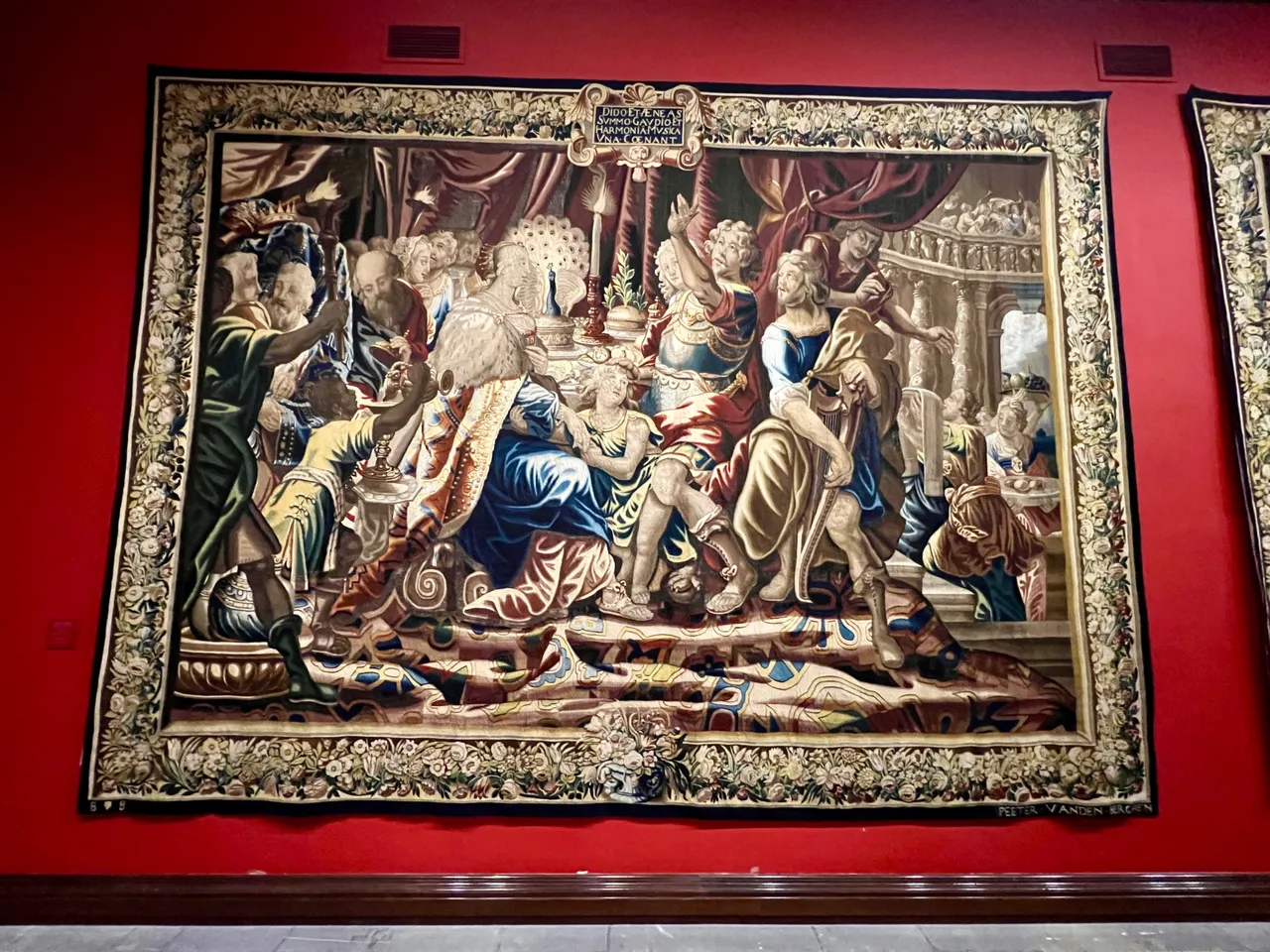
El espacio tiene como añadido de interés una serie de tapices que son propiedad de la entidad bancaria Ibercaja y que fueron restaurados a su cargo. Tienen diferentes procedencias y temáticas religiosa, mitológica e histórica.
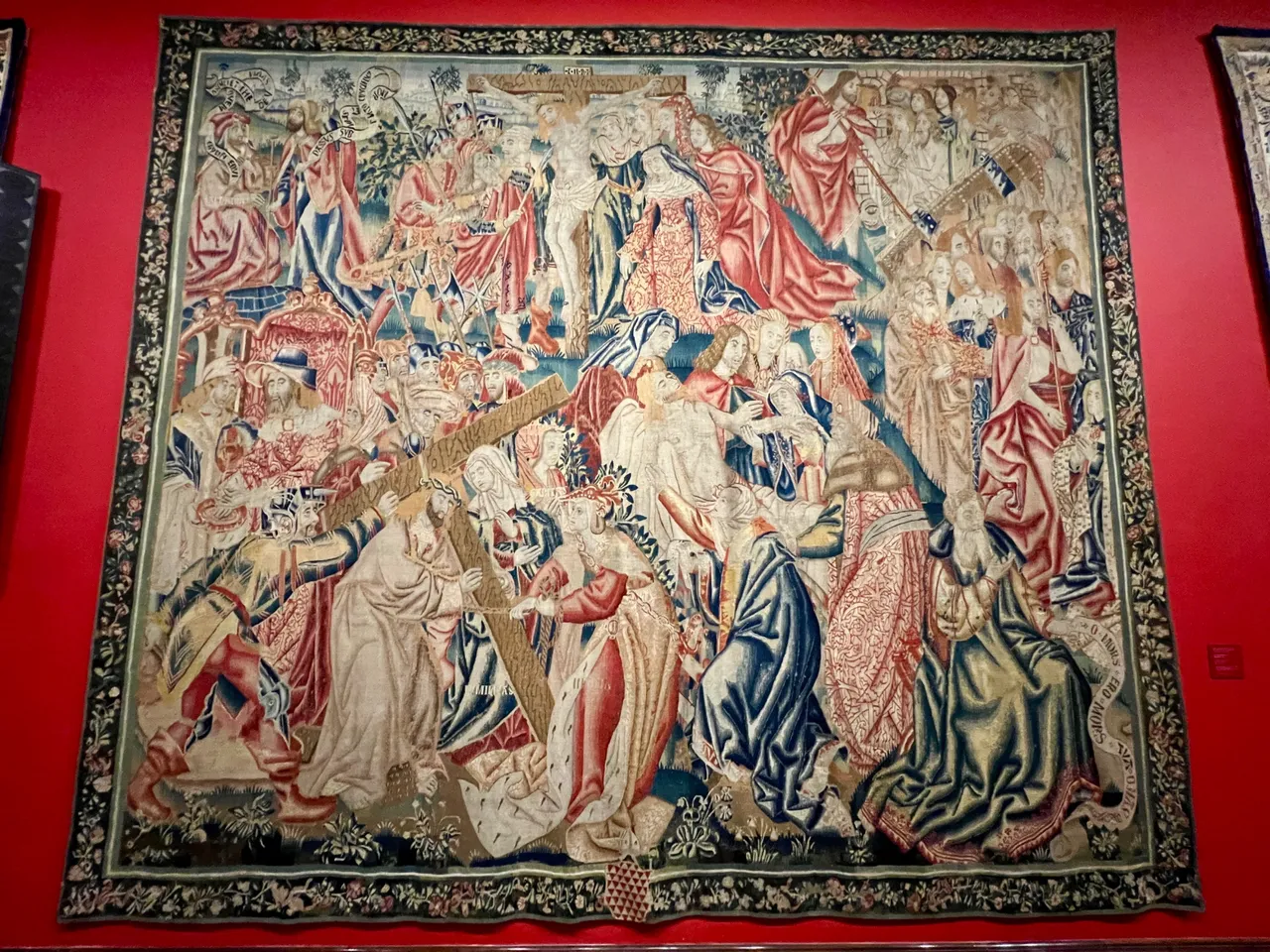
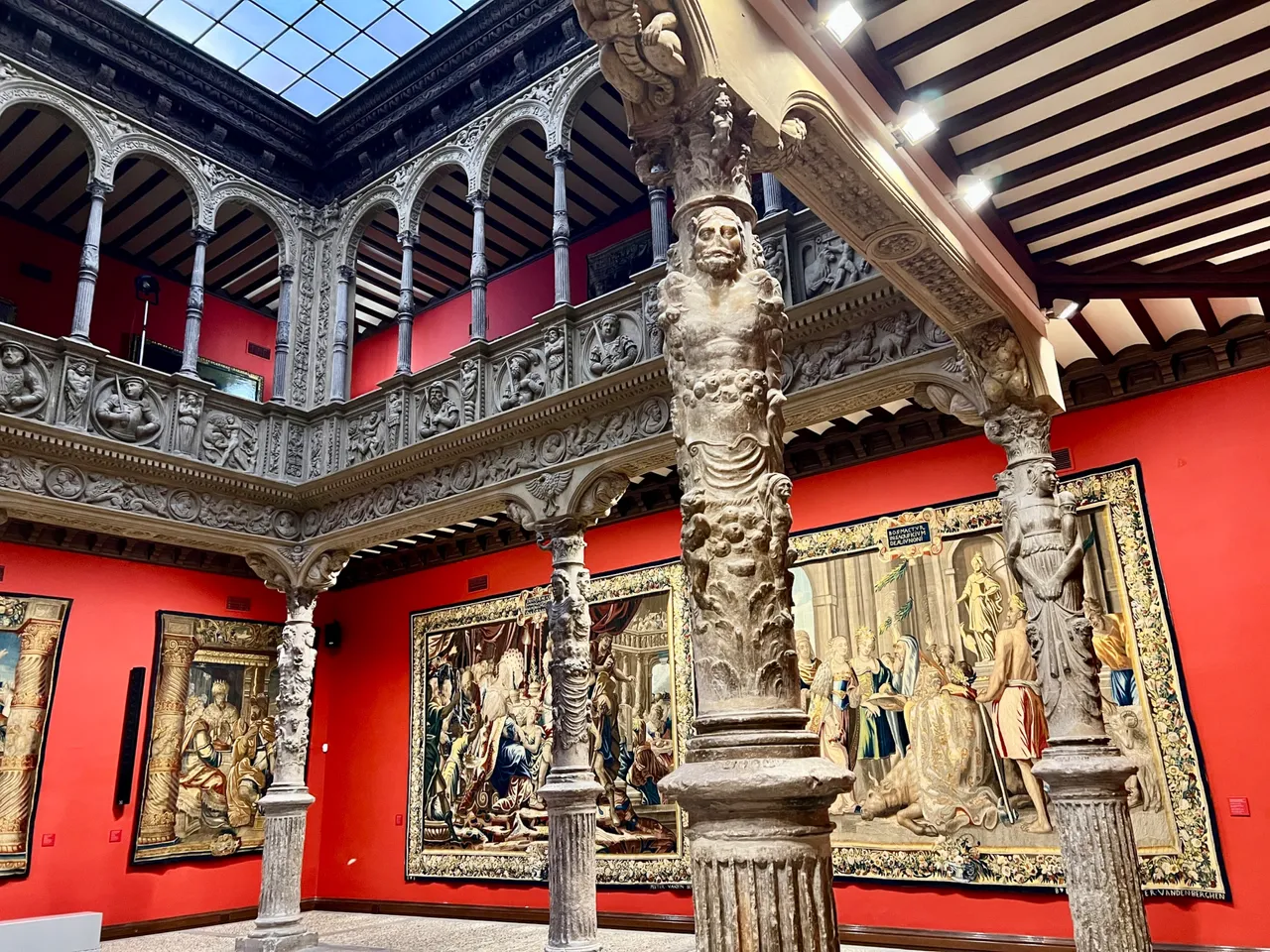

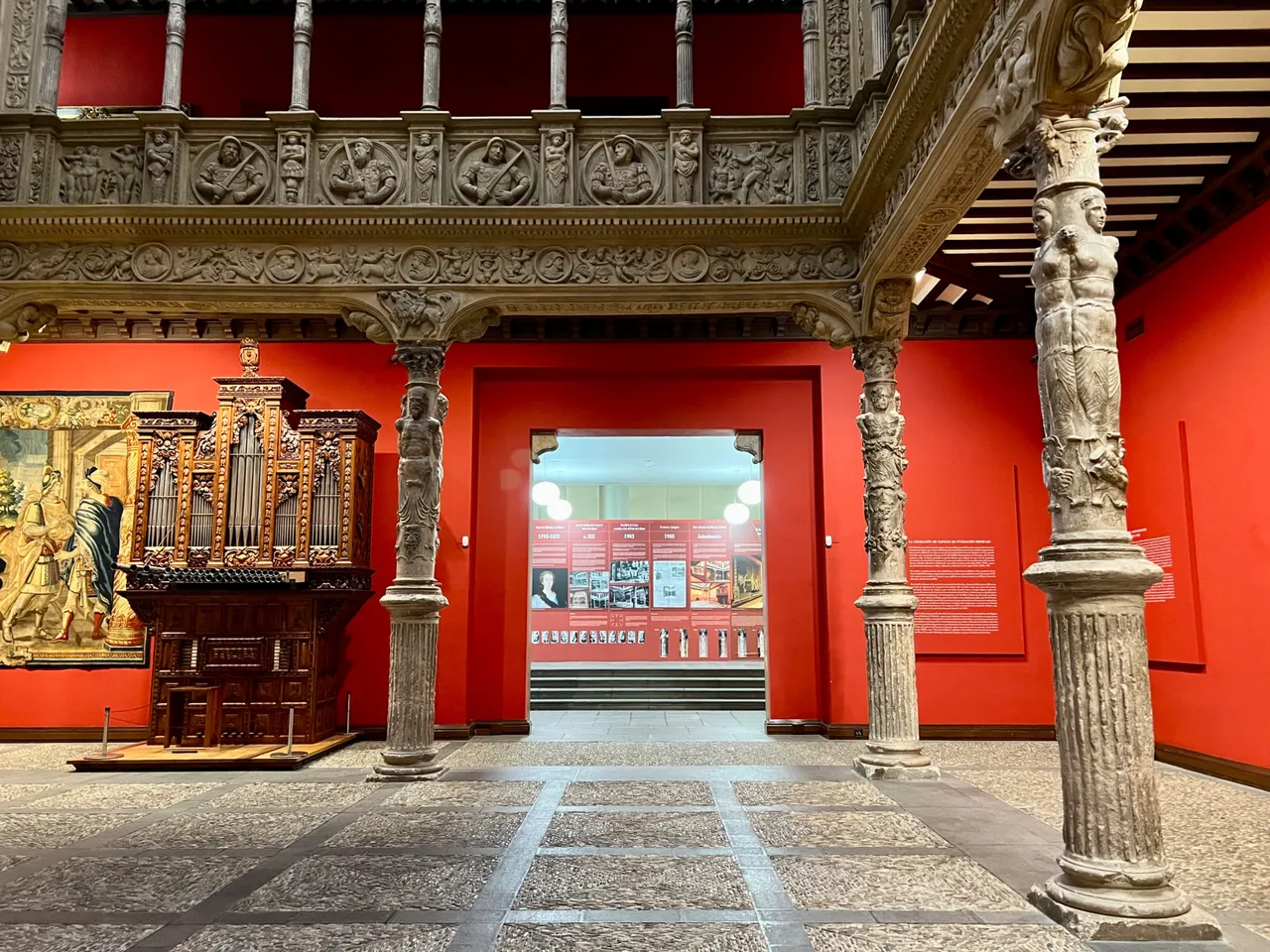
Los tapices no me interesaron mucho, la verdad. Se ve que costaron un gran trabajo tejerlos y sus dimensiones sobrecogen, pero es un tipo de arte que no me atrae tanto como la arquitectura, la pintura o la escultura.


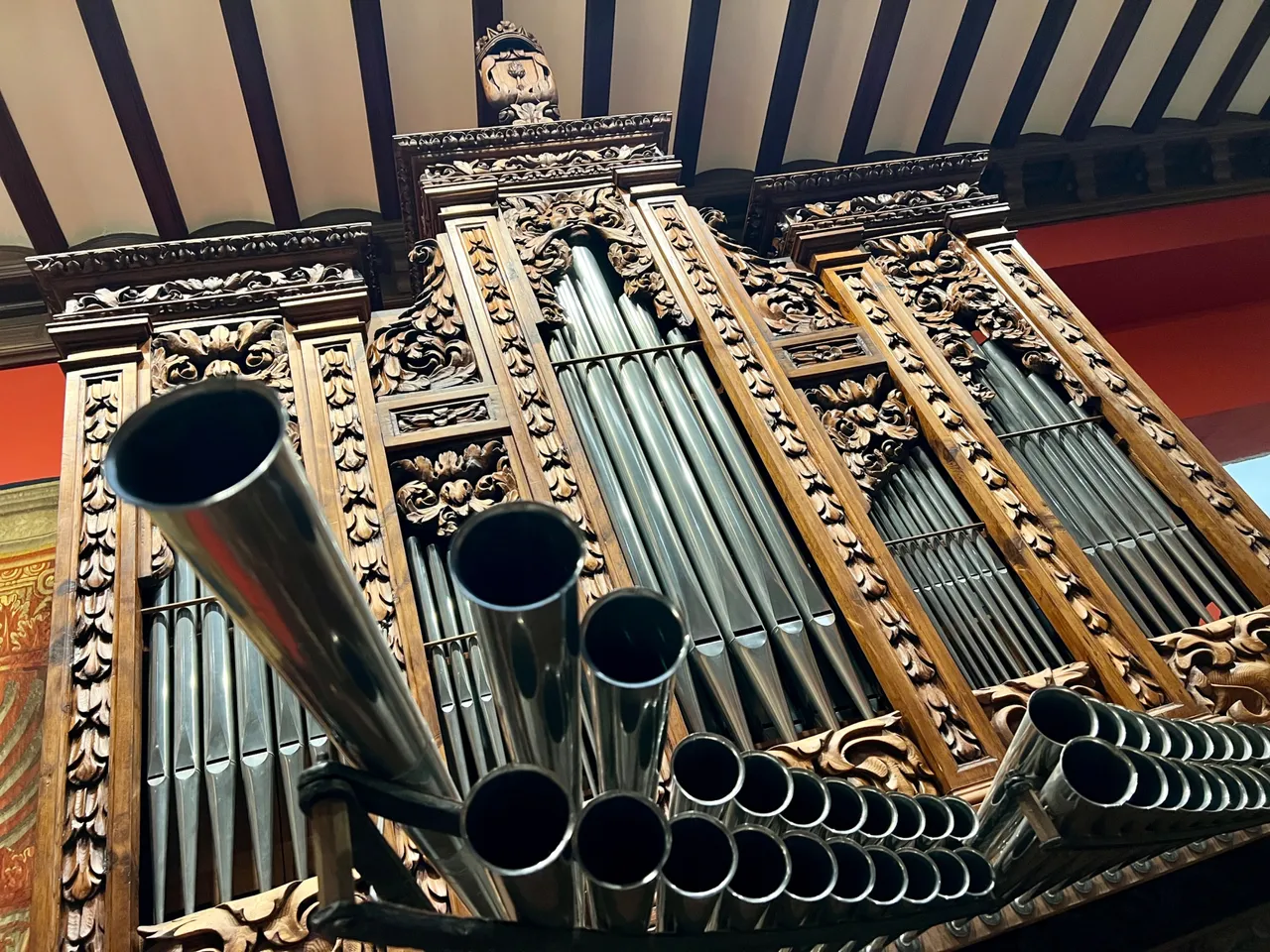
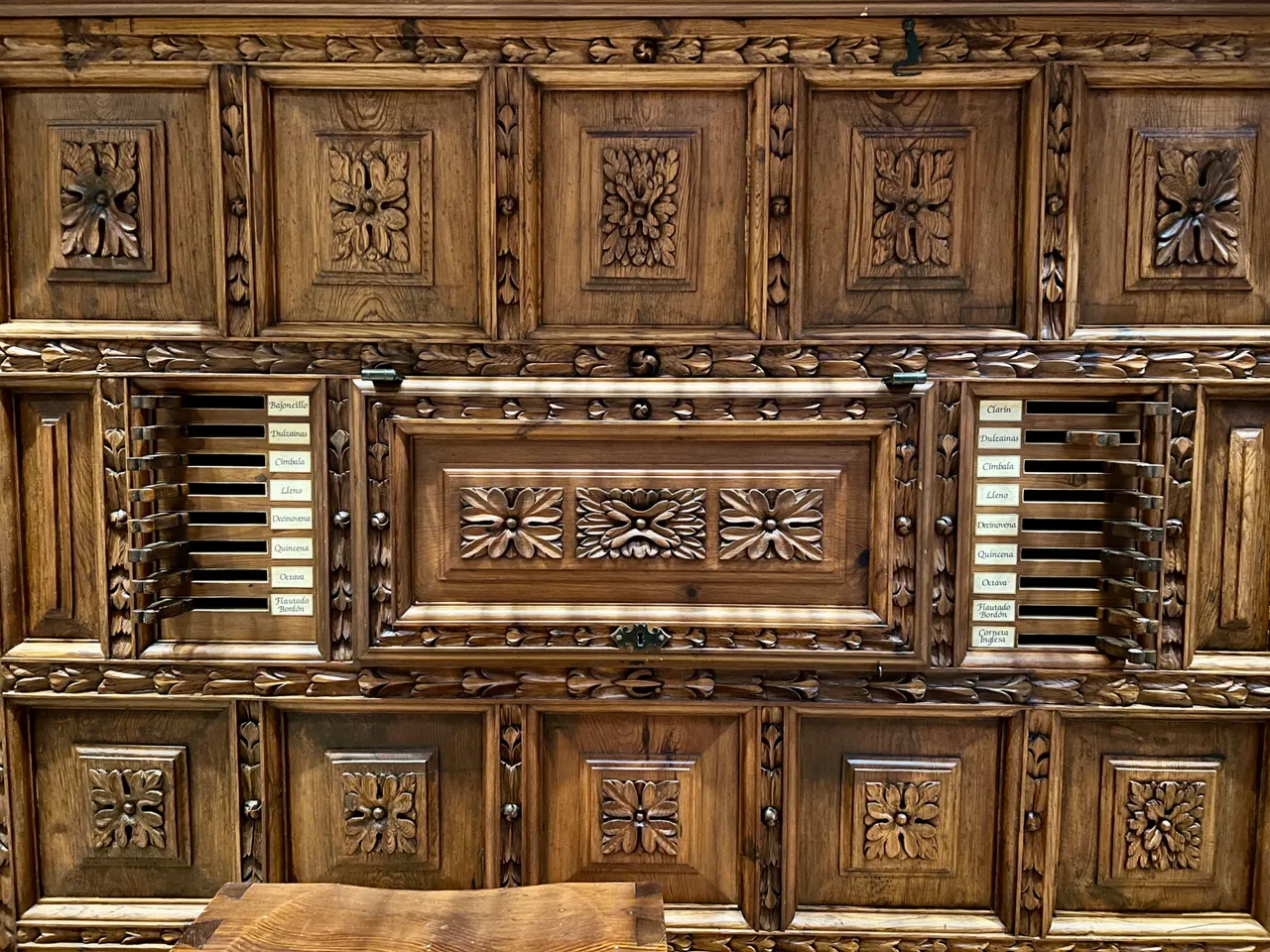
Me atrajo más un órgano del que no tomé nota de qué antigüedad posee, pero que estaba bellamente tallado. Como coincidí con pocas personas tuve libertad para practicar perspectivas y ángulos diferentes con la cámara. Espero que te haya gustado este original lugar.
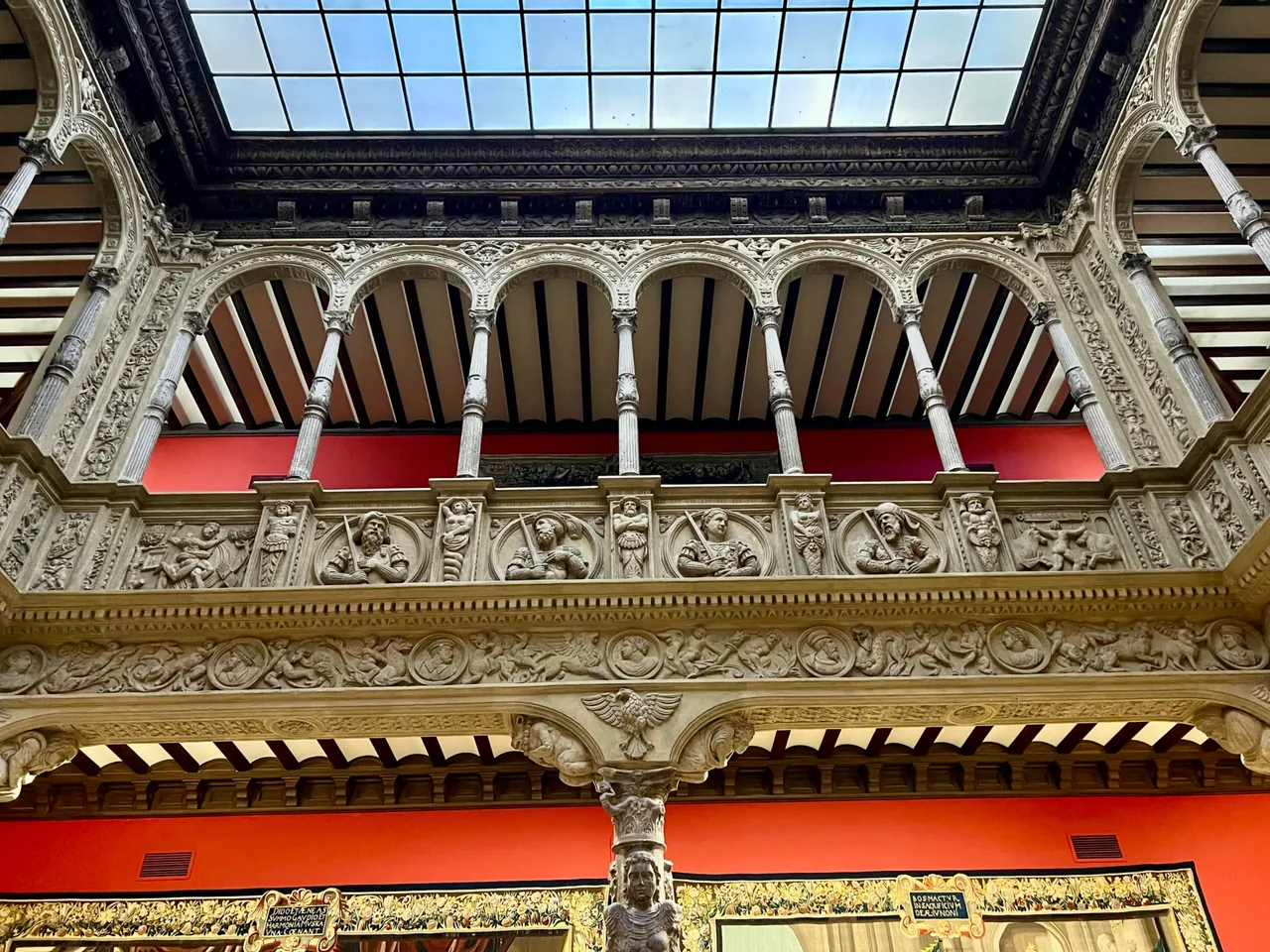
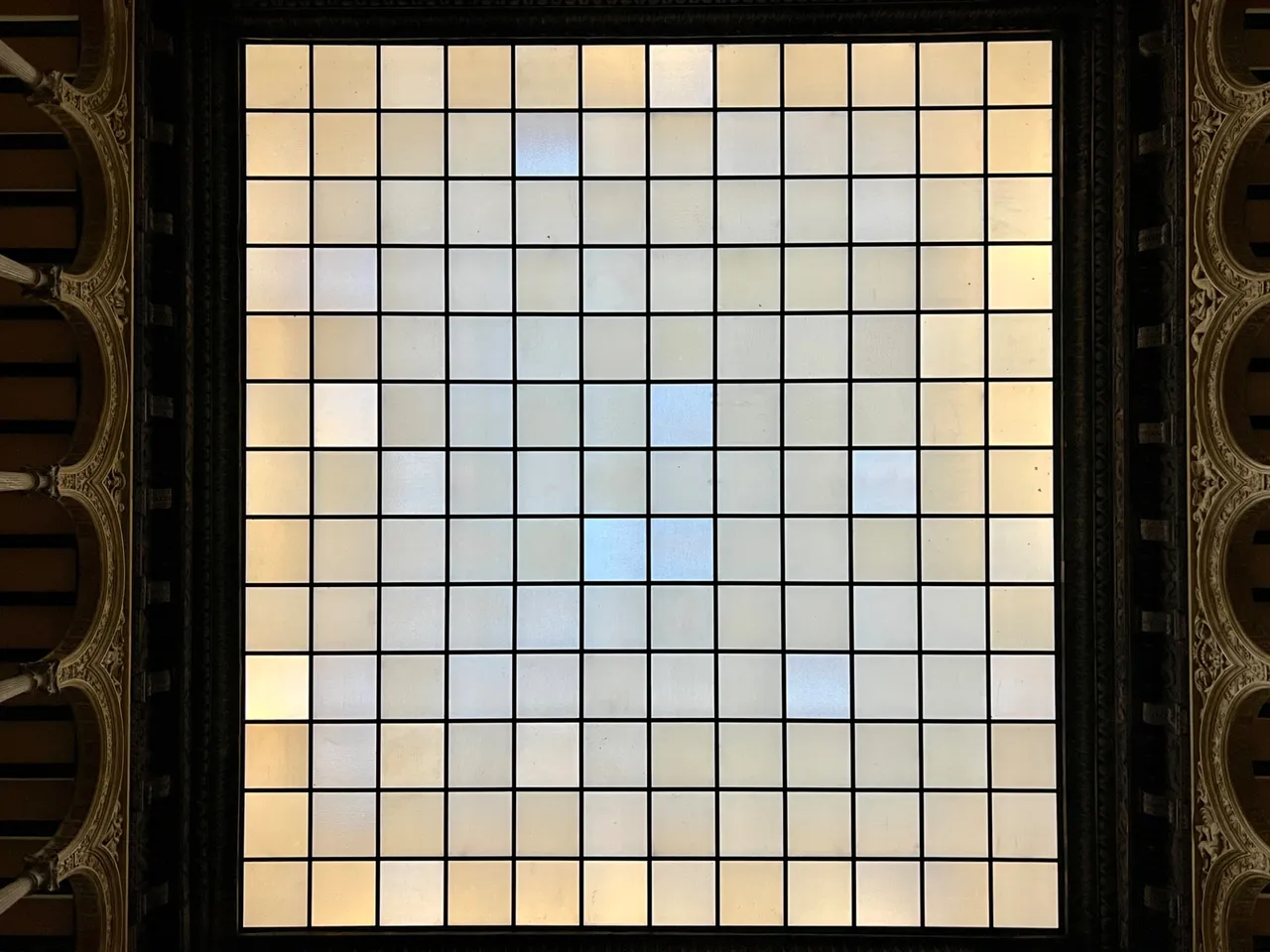
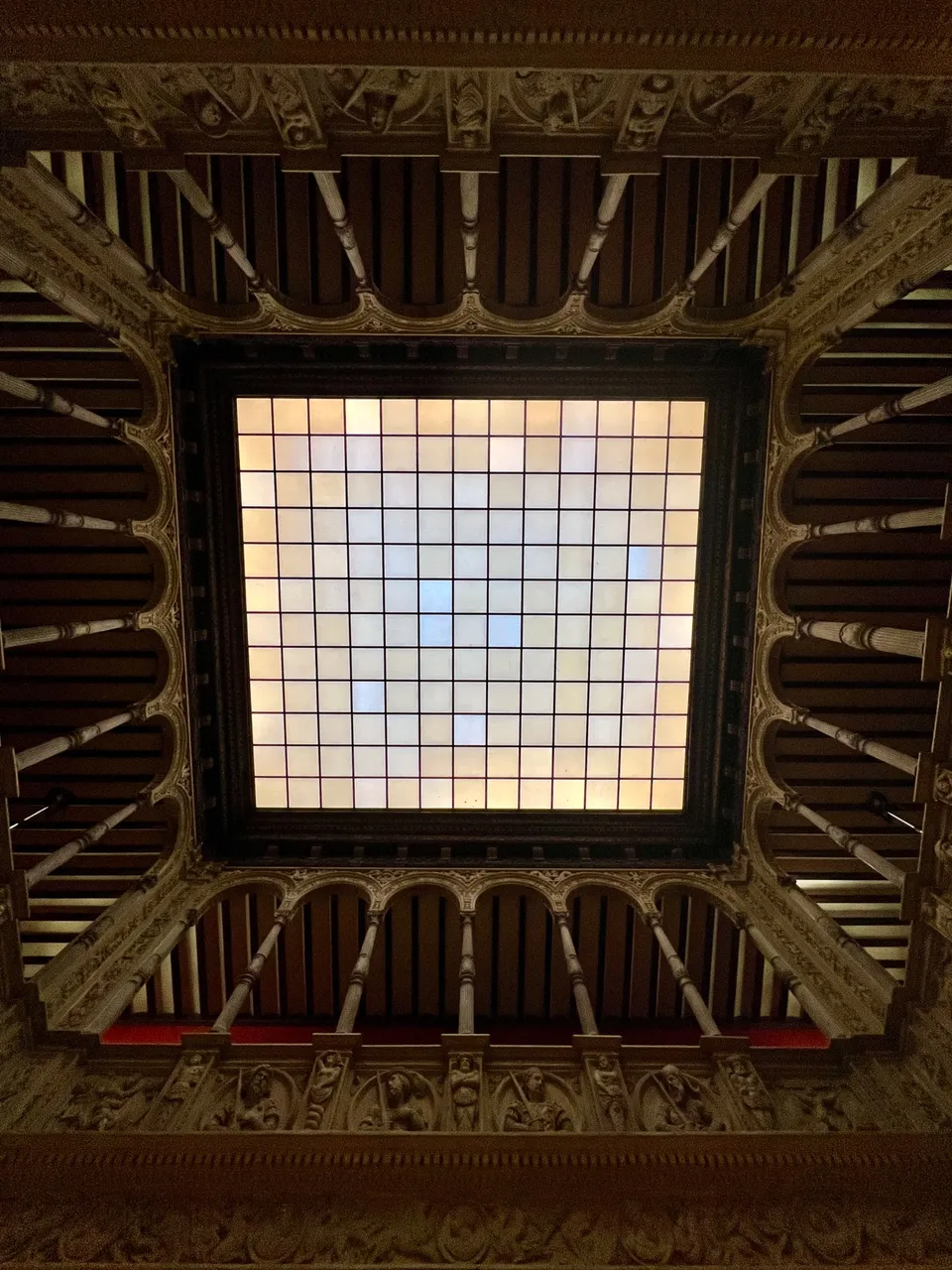
Hasta la próxima publicación. Mientras tanto, ¡cuídate!

Herramientas: Cámara iPhone 13 Pro, editor de fotos Mac.
Mis publicaciones en Worldmappin pinchando aquí
Si te gusta lo que publico, únete a mi Fanbase pinchando aquí

©️Copyright 2025 Paloma Peña Pérez. Todos los derechos reservados.



Hi, dear hiver.
In my post about my visit to the Caesaraugusta Roman Theatre Museum, I wrote the following about the site where the museum building is located:
Back in the Renaissance period, a palace was built there, and the courtyard remains almost intact. It was dismantled stone by stone and rebuilt in the current headquarters of Ibercaja, the most important bank in the region. I'll go there another day and show it to you.
Well, more than a year has passed since then, but I like to keep my promises, so... here you go! Today we will visit the Courtyard of the Infanta, a space that surprises visitors with its beauty and history.



Before entering the courtyard itself, there are information panels that tell us its entire history in chronological order, supported by photographs. This is how we learn that it dates back to the 16th century and was built on the orders of an Aragonese banker and merchant named Gabriel Zaporta. We have to imagine this space as the centre of a large palace, as each portico would have provided access to rooms which, however small, would have occupied a large area spread over two floors.




The courtyard, like the original palace, is in the Aragonese Renaissance style, inspired by Italian architecture of the period. It is decorated with allegorical motifs and portraits of the family who own the property. The glass dome that protects it provides natural light that softens its forms.




The space also features a series of tapestries owned by the Ibercaja bank, which were restored at its expense. They have different origins and religious, mythological and historical themes.




To be honest, I wasn't very interested in the tapestries. You can see that a lot of work went into weaving them and their size is impressive, but it's a type of art that doesn't appeal to me as much as architecture, painting or sculpture.




I was more attracted to an organ, the age of which I did not note, but which was beautifully carved. As there were few people there, I was free to practise different perspectives and angles with my camera. I hope you liked this unique place.



Until the next post. In the meantime, take care!

Tools: iPhone 13 Pro camera, Mac photo editor.
Translated with DeepL
My publications in Worldmappin by clicking here
If you like my content, join my Fanbase clicking here

©️Copyright 2025 Paloma Peña Pérez. All rights reserved.